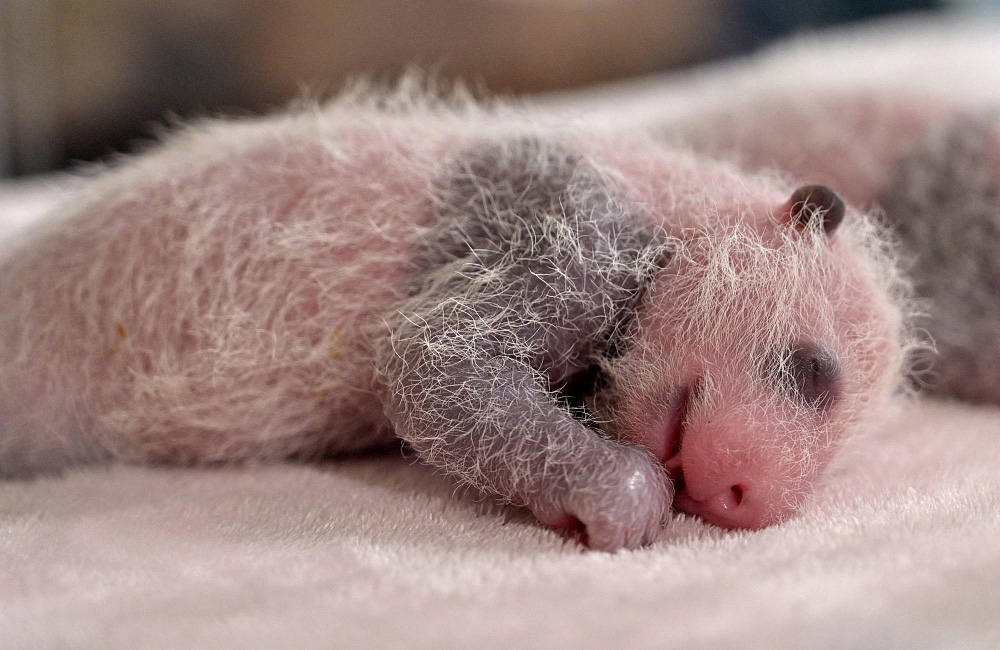When you think of China, one of the first images that likely comes to mind is the adorable black-and-white giant panda. More than just a cute face, pandas are a national treasure in China and a global symbol of wildlife conservation.

Giant pandas are only found in the wild in three Chinese provinces: Sichuan, Shaanxi, and Gansu. Here, they make their homes in dense bamboo forests at an altitude of 1,200 to 3,500 meters—cool, wet places where bamboo grows in abundance .
Why Are Pandas So Special to China?
Pandas have lived in China’s bamboo forests for millions of years. They’re considered a “living fossil” and have become deeply embedded in Chinese culture. In ancient times, pandas were seen as noble creatures – some legends even say they were once all white, but gained black spots when they shed tears at a friend’s funeral.
Today, pandas represent peace and friendship in Chinese culture. China’s “panda diplomacy” – gifting or loaning pandas to other countries – has been building international relationships for decades.
Fascinating Panda Facts You Probably Didn’t Know
- Bamboo Specialists
Bamboo makes up 99% of their diet! They eat 12 to 38 kilograms of bamboo every day, spending 14 to 16 hours chewing (their strong jaws and flat teeth are perfect for this). They even have a special “sixth finger”—a modified wrist bone—to grip bamboo stems tightly. - Conservation Success Story
The giant panda was removed from the endangered species list in 2016 thanks to massive Chinese conservation efforts. Wild panda numbers have grown by 17% in the past decade.
The number of wild giant pandas has increased from approximately 1,100 in the 1980s to nearly 1,900 today. - Unique Newborns
Newborn pandas are tiny—only about 100 grams (the weight of a small apple) and blind. Mother pandas carry their cubs in their arms for the first few months, feeding them milk 14 times a day. Cubs start eating bamboo at 6 months old but stay with their moms until they’re 18 months to 2 years old.

-
Excellent Climbers
Even adult pandas weighing over 100kg (220 pounds) are skilled tree climbers. They often climb trees to survey their territory or avoid predators. -
Solitary Creatures
Pandas are generally solitary animals. They have a highly developed sense of smell that helps them avoid other pandas – except during mating season. -
Limited Fertility Window
Female pandas are only fertile for 2-3 days each year, making reproduction challenging. This is why panda breeding programs are so crucial.
Why Pandas Matter to Everyone
Pandas are more than just cute animals. They are a reminder of how important it is to protect our planet’s biodiversity. If we can save pandas, we can also protect other species that share their habitats. Moreover, pandas show that when countries work together—on conservation, culture, and more—we can achieve great things.
Whether you see a panda in a zoo, watch a video of them online, or see their image on a poster, remember: this black – and – white bear is a symbol of China’s love for nature, and a bridge between China and the rest of the world. It’s a treasure we all should care about and protect.
Where to See Pandas in China?
If you’re planning a trip to see these magnificent creatures, here are the best places:
-
Chengdu Panda Base (四川 | Sichuan) – The most famous conservation and research facility
-
Wolong Nature Reserve (四川 | Sichuan) – One of the largest protected areas
-
Bifengxia Panda Base (四川 | Sichuan) – Another major breeding center
-
Beijing Zoo – Convenient for visitors short on time

Ready to experience the magic of China’s pandas yourself?
Start planning your trip to Sichuan province – the heart of panda territory – and witness these incredible animals in person!
